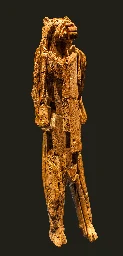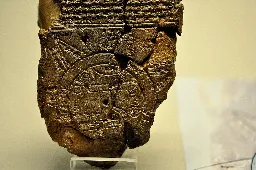ancient history
- www.trustpast.net Abraha
Our blog provides fresh perspectives on historical figures and events. We aim to bring their stories to life, exploring the personalities, motivations
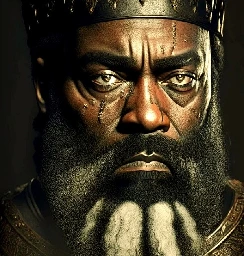
*The first thing you should know is that Abyssinia was located in Ethiopia with its capital in Addis Ababa, and Abyssinia included countries such as Djibouti, Somalia, Eritrea, Sudan and Kenya, all of this area was called Abyssinia, and it was the third most powerful kingdom on earth after the Romans and Persians. Another thing is that the word Najashi means king, meaning that Najashi is a title for the king of Abyssinia. Abraha was a soldier of the army of Abyssinia who came to Yemen in the campaign sent by the Negus King of Abyssinia, led by Aryat, to invade Yemen and avenge the death of Christians in the incident of the groove by King Dhu Nuwas. After the success of that campaign Yemen became a vassal of Abyssinia, and Aryat took over the rule there. Read More...
- www.trustpast.net Khorafa and Valley Of The Jinn
Our blog provides fresh perspectives on historical figures and events. We aim to bring their stories to life, exploring the personalities, motivations

There are people whose names remain alive forever, even when they leave the world, and these names live their personal lives separately from them, gaining a kind of autonomy. People forget, with the succession of times, the significance of first names and their association with their owners, for example, who knows that the "pajamas", that is, a nightgown, is originally a man's name?" Some may know that the word "sandwich" that we eat is also the name of a man who could not stand to break away from gambling, which made him invent a way of eating that does not prevent him from continuing to play with the fate of his possessions, and so it seems for the word "Khorafa" Once Upon a time there was a boy from the tribe of Bani Ozra who named "Khorafa" and "Khorafa" in Arabic are the things that the mind does not believe and its meaning in English is a Fairy Tale or Myth One day the mother asked her son " Khorafa " to go to graze sheep in the valley, but she warned him not to go to the distant valley because she is afraid of the distance and the mystery that surrounds this valley, but when he went to the valley, he found it very crowded and there are a lot of shepherds and sheep and found the Forbidden Valley and there is no one in it, so he decided to go to the Forbidden Valley and it was called the " valley of the jinn ".
- www.trustpast.net Mameluk Massacre 1811
Our blog provides fresh perspectives on historical figures and events. We aim to bring their stories to life, exploring the personalities, motivations
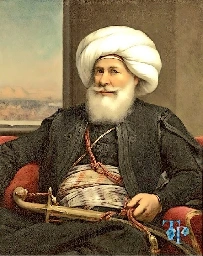
Napoleon's armies packed up and left the Mahrousa in 1801 after the failure of their famous campaign in Egypt and left behind a seething country. The Mamluks were divided into rival alliances for power, some with external support from the British and some from the troubled Egyptian interior. Muhammad Ali Pasha al-Masud ibn Ibrahim Agha Quli al-Albanian, Ottoman governor of Egypt, founder of the Alawite dynasty and ruler of Egypt between 1805 and 1848. Mohammed Ali Basha Born in 1769 in Kola For a Muslim family, Macedonia (Greece), At the age of ten, he worked with his father in the tobacco trade and ship charter, and succeeded his father as head of irregular soldiers. He came to Egypt in 1799 as part of an Ottoman military division to work to drive the French out of Egypt, but the Ottoman forces were defeated at the site of "The naval battle of Abu Qir", and then he returned to his country. He came again to Egypt in 1801 as part of the army of Captain Hussein, who came to help the British evacuate the French from Egypt, The deputy commander of the Albanian battalion. After the evacuation of the French campaign, he was promoted to the rank of Major General, and then nominated for the post of Chief of the General Command and Commander of the Palaces Guard to the Governor-General. On July 9, 1805, the Ottoman Sultan agreed to the request of the scholars, appointed Muhammad Ali as governor of Egypt and deposed Khurshid Pasha.
-
The City of Uruk and the Uruk Period
www.worldhistory.org UrukUruk was one of the most important cities (at one time, the most important) in ancient Mesopotamia. According to the Sumerian King List, it was founded by King Enmerkar c. 4500 BCE. Uruk is best known...
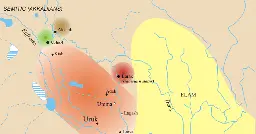
Uruk was one of the most important cities (at one time, the most important) in ancient Mesopotamia. According to the Sumerian King List, it was founded by King Enmerkar c. 4500 BCE. Uruk is best known as the birthplace of writing c. 3200 BCE as well as for its architecture and other cultural innovations.
Located in the southern region of Sumer (modern day Warka, Iraq), Uruk was known in the Aramaic language as Erech which, it is believed, gave rise to the modern name for the country of Iraq, though another likely derivation is Al-Iraq, the Arabic name for the region of Babylonia. The city of Uruk is most famous for its great king Gilgamesh and the epic tale of his quest for immortality but also for a number of firsts in the development of civilization which occurred there.
It is considered the first true city in the world, the origin of writing, the first example of architectural work in stone and the building of great stone structures, the origin of the ziggurat, and the first city to develop the cylinder seal which the ancient Mesopotamians used to designate personal property or as a signature on documents. Considering the importance the cylinder seal had for the people of the time, and that it stood for one's personal identity and reputation, Uruk could also be credited as the city which first recognized the importance of the individual in the collective community.
...
The Uruk Period
The Ubaid Period (c. 5000-4100 BCE) when the so-called Ubaid people first inhabited the region of Sumer is followed by the Uruk Period (4100-2900 BCE) during which time cities began to develop across Mesopotamia and Uruk became the most influential. The Uruk Period is divided into 8 phases from the oldest, through its prominence, and into its decline based upon the levels of the ruins excavated and the history which the artifacts found there reveal. The city was most influential between 4100-c.3000 BCE when Uruk was the largest urban center and the hub of trade and administration.
----- WorldHistory.org has such a cool website, for anyone that hasn't been there before. The timelines they show on the side are pretty great too, since you can just keep clicking and following them down whatever rabbit hole you find interesting. All of the above is copy/pasted from the linked article, it's definitely worth perusing if you ask me.
-
~450 BCE Herodotus Map

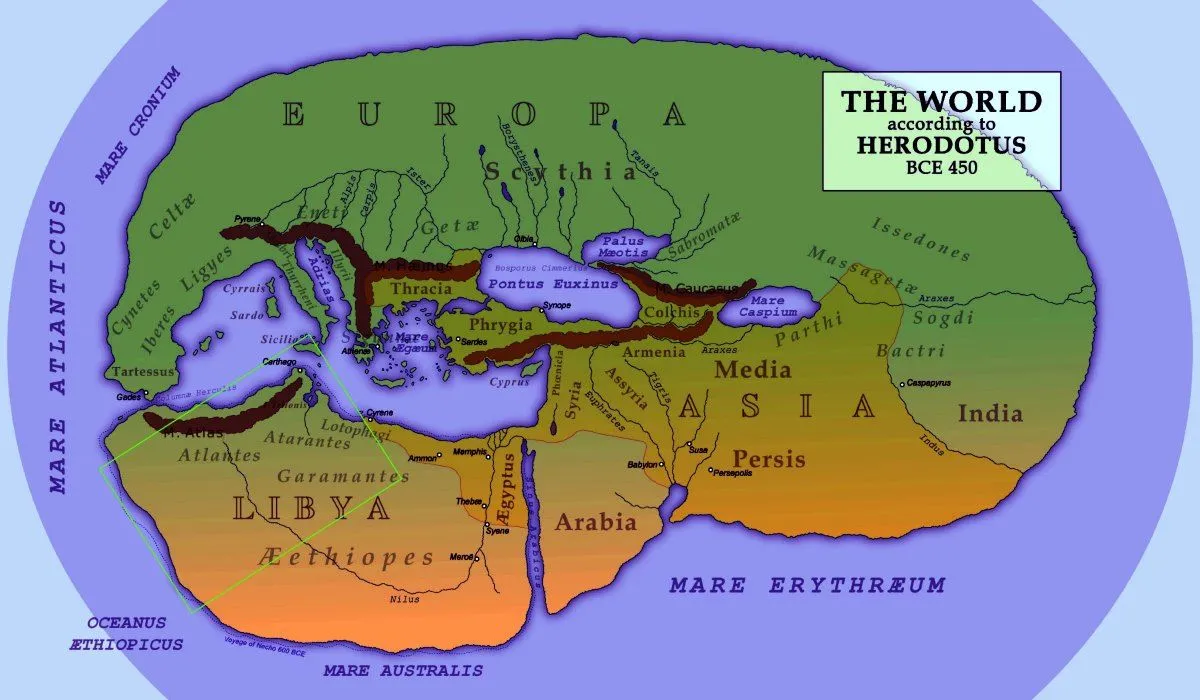
Found this today and it seemed fun to share. There are other versions that don't show the ocean completely encircling the lands of the Earth, like this one for example, but seeing maps like the one shown here where the ocean encircles all the land really put me in a place where I can imagine telling a story about a serpent that lives in the ocean and is so large that it also encircles all the lands of the world.
-
Early Human Migrations
I found this a little while ago and bookmarked it because it's a goldmine of really cool info about the earliest movements of people. It's a map from Wikipedia on Early Human Migrations, and the whole article is great. I'll paste an example below, but really, it's worth a read.
>Populations of Homo sapiens migrated to the Levant and to Europe[dubious – discuss] between 130,000 and 115,000 years ago, and possibly in earlier waves as early as 185,000 years ago.
>A fragment of a jawbone with eight teeth found at Misliya Cave has been dated to around 185,000 years ago. Layers dating from between 250,000 and 140,000 years ago in the same cave contained tools of the Levallois type which could put the date of the first migration even earlier if the tools can be associated with the modern human jawbone finds.
-
~40000-year-old Löwenmensch figurine
The Löwenmensch figurine is the oldest confirmed statue to exist, dating to around 40k years ago and was found in an excavation in Germany.
There are some other artifacts that have been identified from around the same time period called Venus statues. From what I've read recently, it seems like they are pretty widespread throughout various different groups of ancient peoples, but the one featured in the link above was also found in Germany in a more recent excavation that the one that discovered the Lion Man statue.
- www.smithsonianmag.com How Third-Century China Saw Rome, a Land Ruled by “Minor Kings”
Translations of a 3rd century Chinese text describe Roman life
alt link if it doesn't work.

